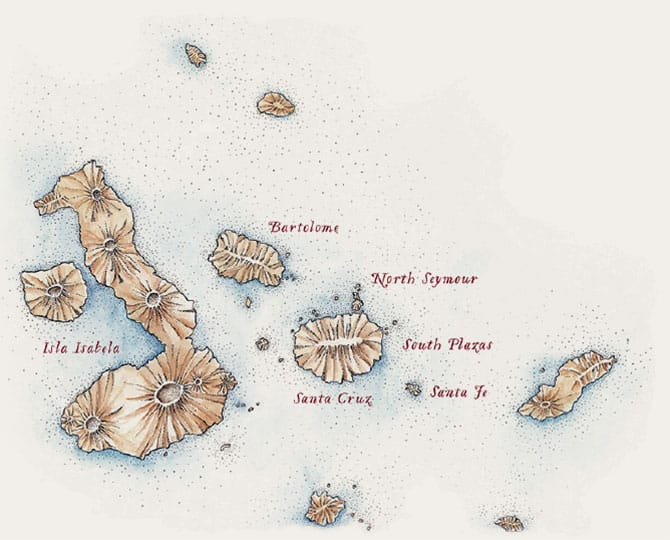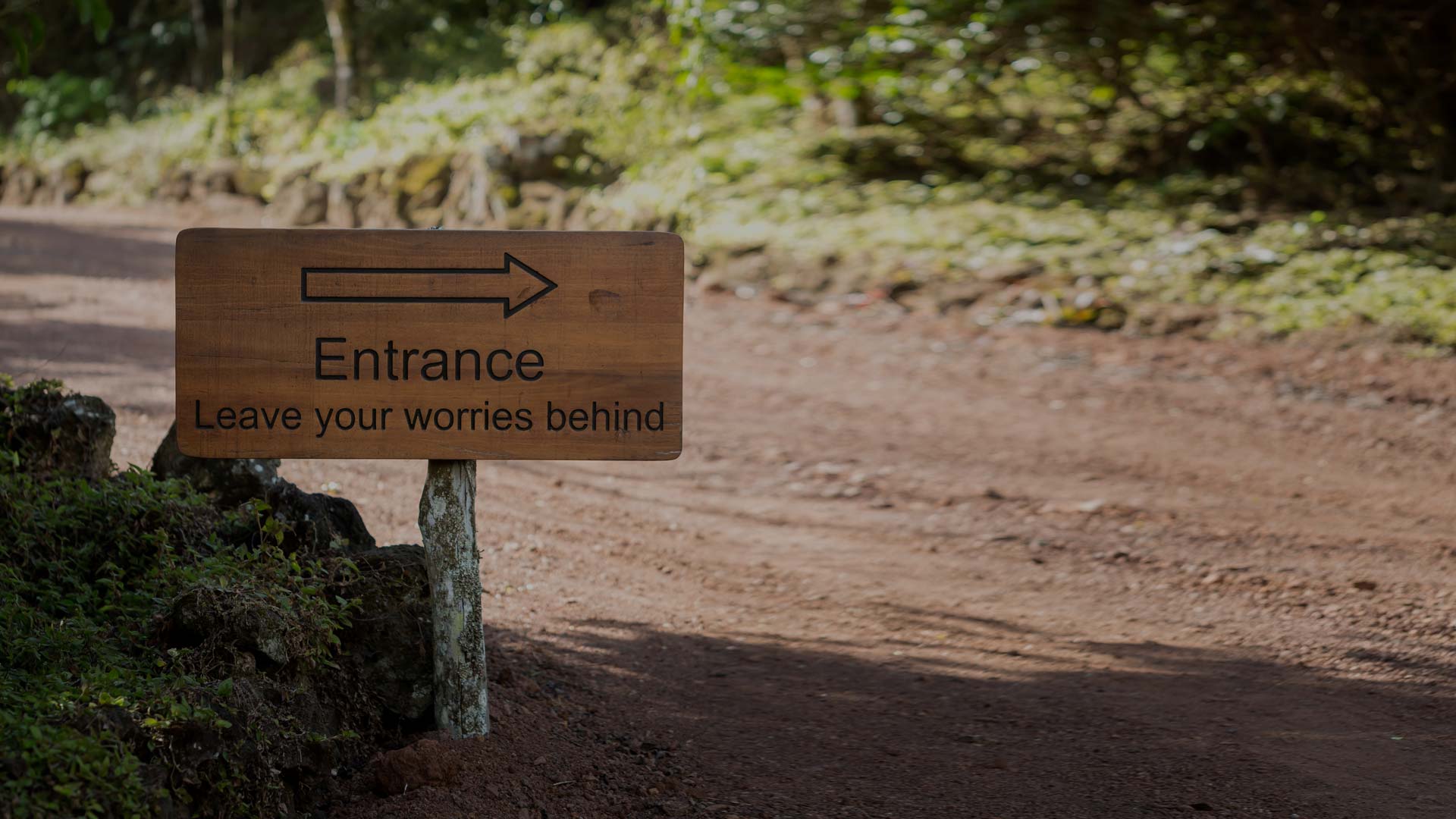Approximate travel times
As one of the most diverse islands in the Galapagos, with an arid coastline and forested volcanic highlands, Santa Cruz has a lot to offer, not just at dedicated visiting sites, but so often when traveling from A to B. Keep your eyes peeled!
Baltra Airport: A 45-minute journey by boat and car. After crossing the Itabaca Channel that separates Santa Cruz Island from Baltra, the drive to camp traverses the island’s multiple ecosystems.
Puerto Ayora: 30 minutes by car. The town of Puerto Ayora on the south coast of the island is home to the Charles Darwin Research Station, shops, restaurants and local life. It is also the departure point for boat trips to uninhabited islands in the south.
Itabaca Channel: 30 minutes by car. This small port on the north coast of the island connects Santa Cruz with the airport on Baltra. It is also the departure point for boat trips to uninhabited islands in the north, as well as kayaking expeditions.
The Highlands: Home to tortoise reserves, volcanic craters, lava tunnels, coffee farms, quiet country lanes (ideal for biking), and Galapagos Safari Camp.
Beaches: 25-30 minutes by car, or a 5km/8km bike ride. Our safaris include two of the most beautiful beaches on Santa Cruz.
Note: It takes about 1 hour to cross the island, from Puerto Ayora in the south to the Itabaca Channel in the north. Our advantageous location – halfway between the two ports – gives us easy and quick access to both ports and all the main sites.

